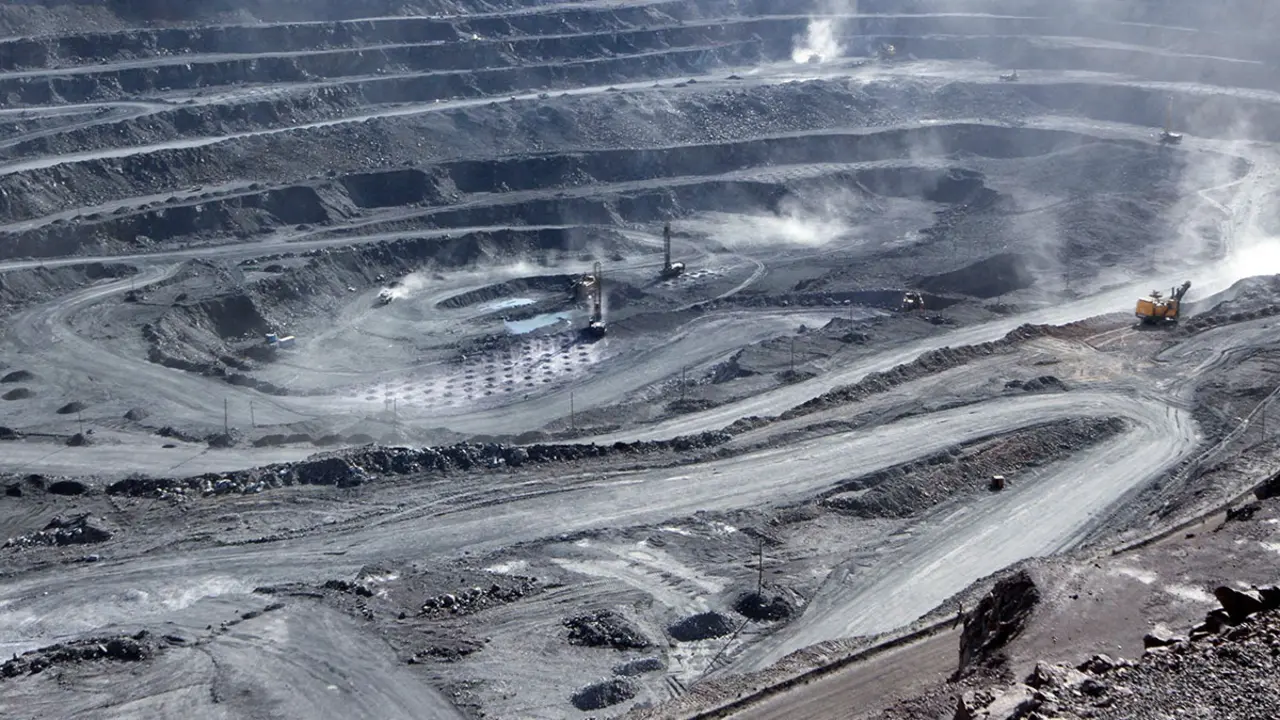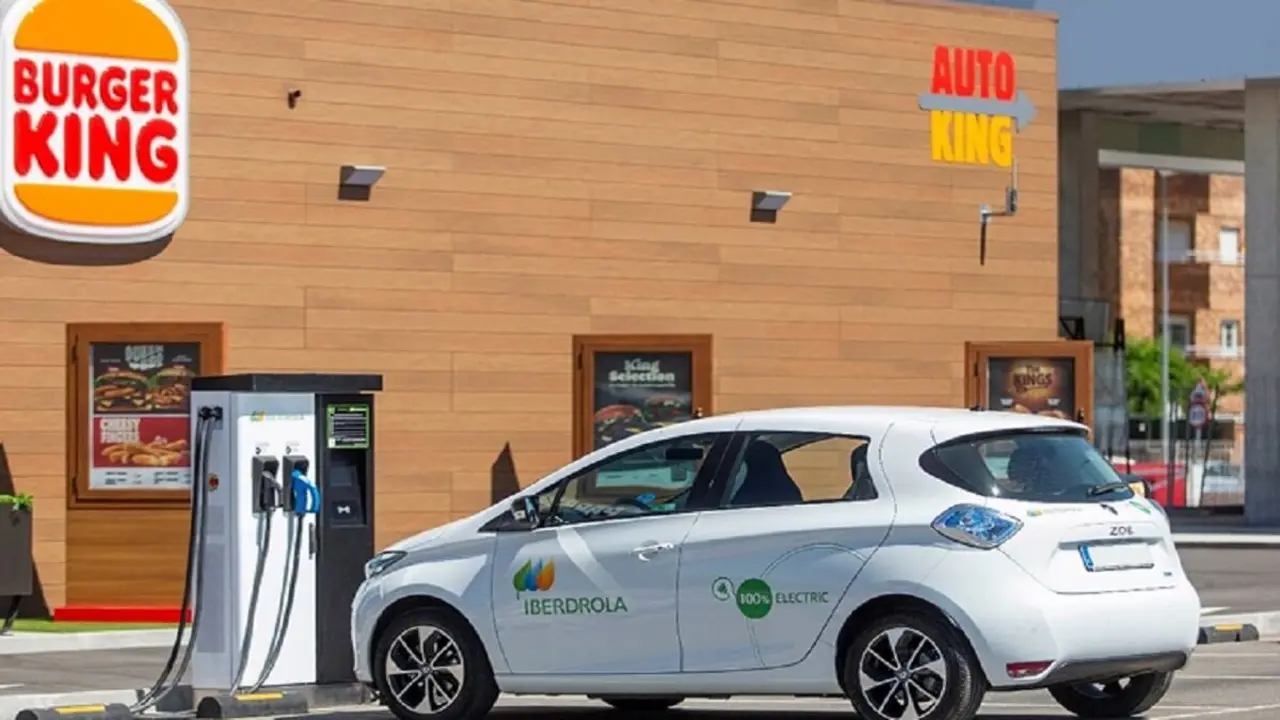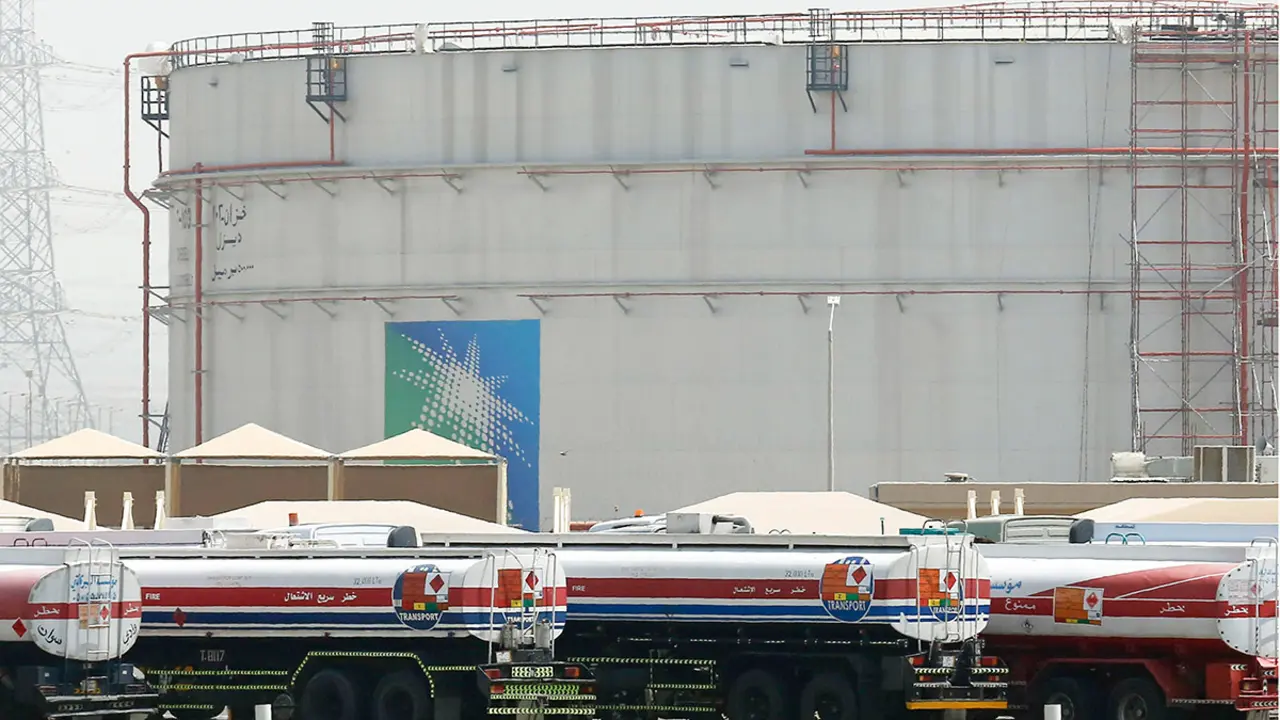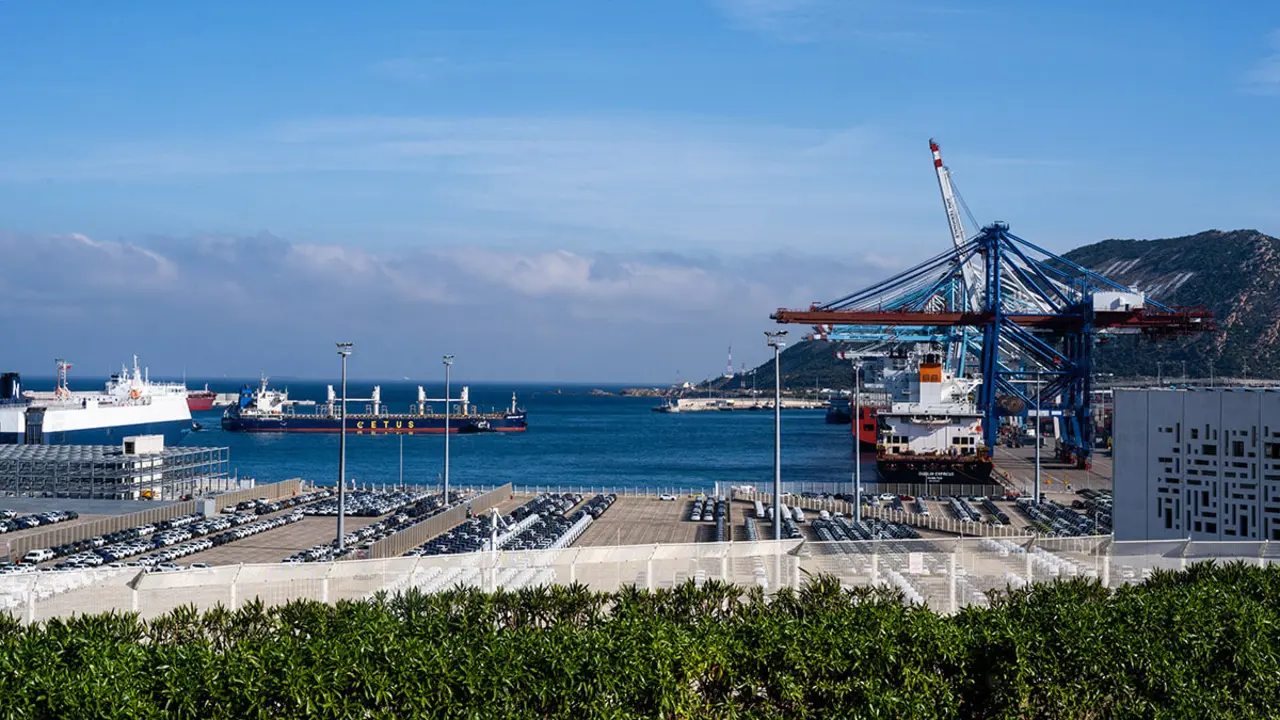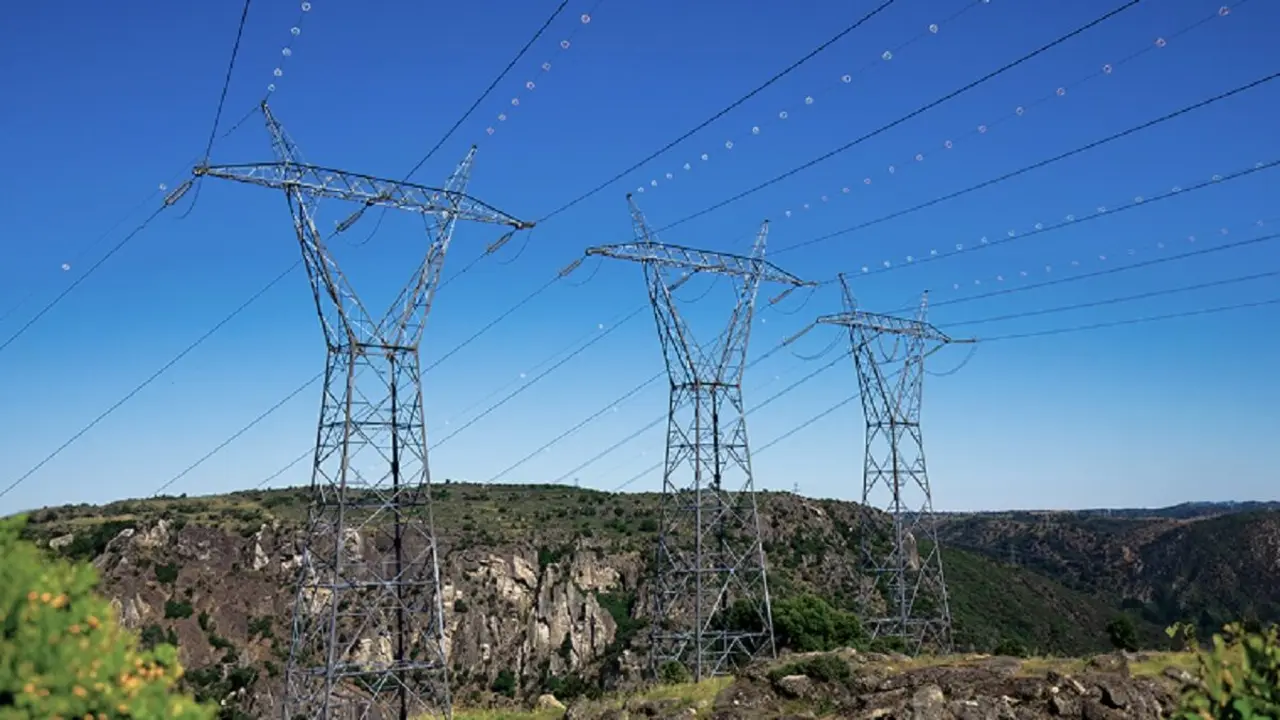What Sharjah’s new gas finds mean for the economy

In late January the state-owned hydrocarbons company Sharjah National Oil Corporation (SNOC) and Italian energy firm Eni announced that they had found gas and condensate reserves with flow rates of 50m cu metres per day at the Mahani field, located near the emirate’s western border with Dubai. The discovery, the first onshore gas find since the early 1980s, comes a year after SNOC and Eni signed a concession agreement for exploration in the area.
The development is set to provide a series of benefits to Sharjah, which – unlike other emirates and countries in the region – does not have significant hydrocarbons reserves. Indeed, some 92% of the emirate’s GDP comes from the non-oil sector.
First and foremost, the gas should help Sharjah meet its rising power needs.
With a population that is expected to reach around 2m by the end of the year, up from 1.5m in 2018, the emirate has been looking to expand and diversify its power mix to keep pace with rising demand. The discovery is also expected to contribute to efforts to achieve power self-sufficiency by 2021.
In late 2017 the Sharjah Electricity and Water Authority launched its strategy for the sector, which includes adding 1500 MW of capacity to the national grid by the end of next year. This would offset existing power imports, estimated to range from 700 MW to 1200 MW at present.
The new reserves are also expected to bolster capacity in industry, one of the emirate’s major economic drivers. Industry accounts for around 25% of Sharjah’s GDP, and the recent finds should help to meet the energy demands of the growing sector.
Government officials are hopeful that increased energy supply will attract greater investment in industrial and commercial projects throughout the emirate.The expansion of industry is central to medium-term growth plans, according to credit ratings agency Standard & Poor’s. In a review released in October last year, the agency cited the expansion of Sharjah’s free zones, including its heavy industrial free zone at Hamriyah, and the rezoning of industrial and residential areas as key factors behind its projection that the economy will grow by an average annual rate of 2% through to 2022.
To this end, in October last year Sharjah Asset Management, the emirate’s investment arm, launched the Al Saja’a Industrial Village project. The development consists of 100 units of showrooms, warehouses and open spaces for industrial or commercial investors. It is expected to help drive growth in logistics, technology, industry, transportation, and oil and gas.
The success of SNOC and Eni’s operations at the Mahani field could also lead to an increase in exploration activity. In January last year local media reported that SNOC was planning to issue a second licensing round for onshore and offshore hydrocarbons concessions. While no official announcement on the timing of such a move has been made, officials said that it could happen later this year.
The recent discovery and potential expansion of oil and gas exploration in Sharjah mirrors developments in neighbouring emirates in the UAE. In early February the authorities in Abu Dhabi and Dubai announced that they had found an estimated 80trn cu feet of gas resources at the Jebel Ali reservoir, which runs between the two emirates.
The find, thought to contain the fourth-largest gas reserves in the world, could significantly reduce the UAE’s energy imports and drive strong economic growth over the medium term.


